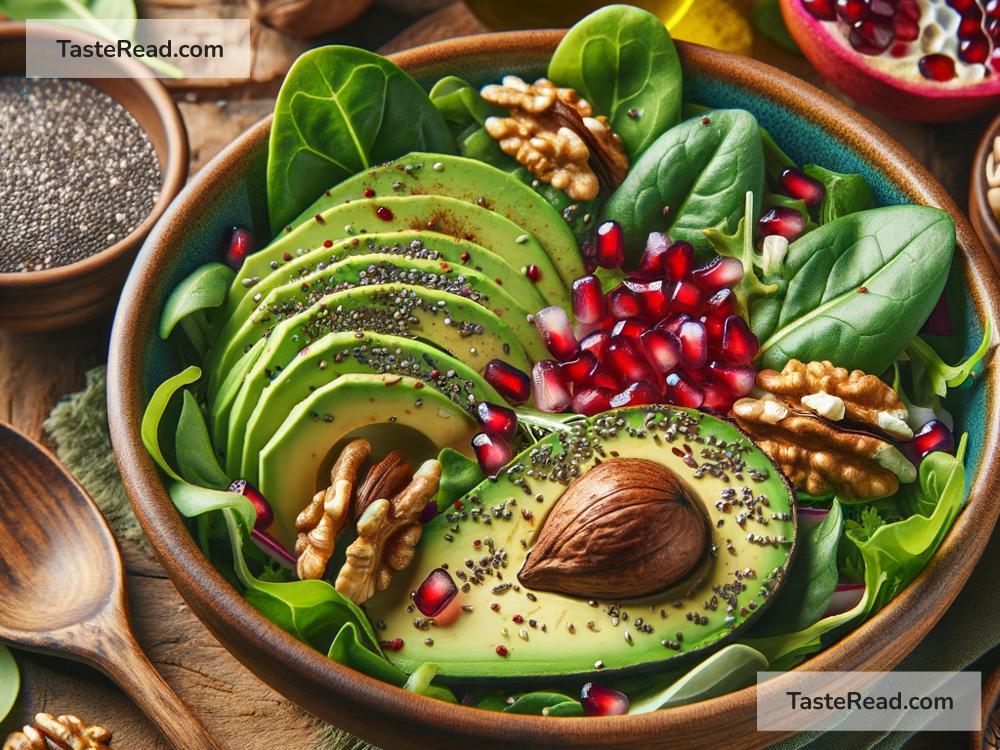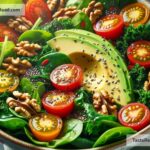7 Foods to Help Lower Vascular Resistance and Support Heart Health
Your heart works day and night to pump blood throughout your body, delivering oxygen and nutrients to every cell. But what happens when the blood vessels in your body become less flexible or too narrow? This can make it harder for blood to flow smoothly, increasing vascular resistance—a technical term for how much the blood vessels “resist” the flow of blood. High vascular resistance can lead to elevated blood pressure, heart strain, and an increased risk of chronic conditions like heart disease.
Fortunately, what you eat matters! The food you choose can help reduce vascular resistance and keep your blood vessels healthy. Here’s a list of seven foods that promote better blood flow, lower vascular resistance, and support overall heart health—all explained in simple terms.
1. Garlic
Garlic is not just a flavorful addition to your meals—it’s also a heart-friendly superstar. Garlic contains a compound called allicin, which helps relax blood vessels and improve their elasticity. This can lower vascular resistance and help blood move more easily through your system. Studies have even shown that regular garlic consumption can lower blood pressure.
How to add it to your diet: Use fresh garlic in salads, soups, and sauces, or try roasting garlic for a sweeter flavor.
2. Leafy Greens
Leafy greens like spinach, kale, and arugula are packed with nitrates, which your body converts into nitric oxide. Nitric oxide is a molecule that relaxes blood vessels, making them wider and reducing vascular resistance. Leafy greens also contain potassium, which balances sodium levels in your body and further helps maintain healthy blood pressure.
How to add it to your diet: Blend spinach into smoothies, toss kale into a salad, or sauté your favorite green with olive oil and garlic.
3. Beets
Beets are another nitrate-rich food that’s great for blood vessel health. Just like leafy greens, beets help your body produce more nitric oxide, improving blood flow and reducing resistance in your vascular system. Drink beetroot juice to experience its heart-boosting benefits, especially if you want quick results.
How to add it to your diet: Roast sliced beetroot for a side dish, add shredded beets to salads, or enjoy them as juice.
4. Oats
Oats are great for your heart because they contain soluble fiber, particularly a type called beta-glucan. Fiber helps lower cholesterol levels by binding to fat in your digestive system and removing it from your body. Lower cholesterol levels mean less plaque buildup in arteries, which can reduce vascular resistance and improve blood flow.
How to add it to your diet: Start your day with oatmeal topped with nuts, fruit, and a drizzle of honey.
5. Citrus Fruits
Oranges, grapefruits, and lemons are bursting with vitamin C and antioxidants, which work to protect your blood vessels from inflammation and damage. Citrus fruits can also enhance your body’s production of nitric oxide, helping to relax and widen blood vessels.
How to add it to your diet: Snack on an orange, sip fresh grapefruit juice, or squeeze lemon over your meals for added flavor.
6. Fatty Fish
Fatty fish like salmon, mackerel, and sardines are rich in omega-3 fatty acids. These healthy fats can reduce inflammation in your blood vessels and improve their ability to expand and contract. Omega-3s also help lower triglycerides (a type of fat in your blood), reducing the strain on your heart and arteries.
How to add it to your diet: Grill or bake fish with herbs and olive oil, or try incorporating canned salmon or sardines into casseroles and salads.
7. Dark Chocolate
Yes, you read that right! Dark chocolate—specifically varieties containing at least 70% cocoa—is good for your blood vessels. Cocoa is loaded with flavonoids, a type of antioxidant that improves blood flow by helping relax blood vessels. This can lower vascular resistance and aid your overall heart health.
How to add it to your diet: Enjoy a small square of dark chocolate as a treat, or add cocoa powder to smoothies for a rich twist.
Bonus Tips
While focusing on these foods, it’s also important to avoid foods that can contribute to poor vascular health. Try to limit high-sodium processed foods, sugary snacks, and trans fats, as these can increase vascular resistance and negatively impact blood pressure. Pair a heart-friendly diet with plenty of water, regular exercise, and healthy stress management for best results.
Final Thoughts
Your blood vessels are like highways for your body, and keeping them open and flexible is essential for smooth traffic—blood traffic, that is! By adding garlic, leafy greens, beets, oats, citrus fruits, fatty fish, and dark chocolate to your plate, you can reduce vascular resistance, support better blood flow, and protect your heart in the long run.
Remember, you don’t have to make drastic changes to your diet overnight. Start small by adding one or two of these foods to your meals. Over time, these habits will help support your blood vessels and improve your overall well-being. A healthier heart starts with the choices you make—and every bite counts!


